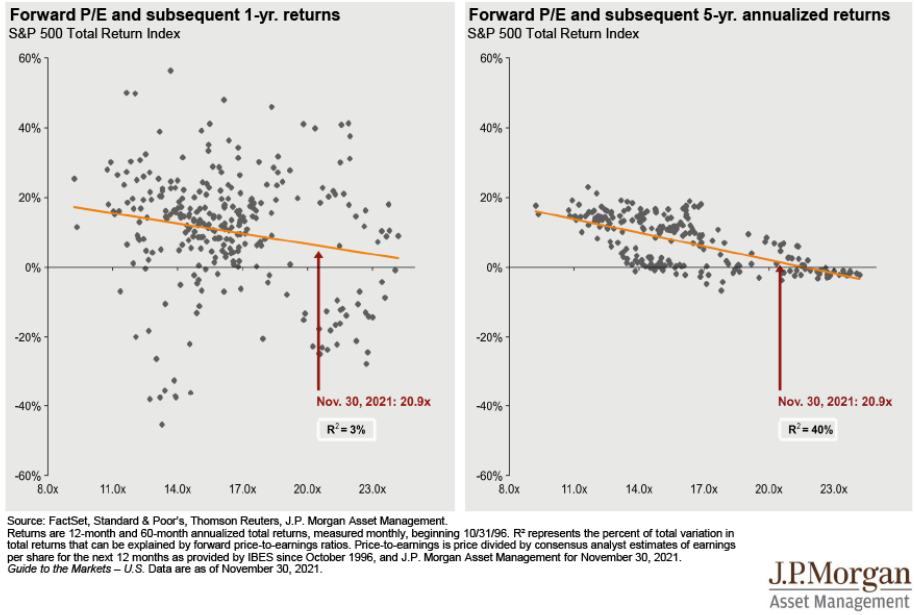 Contributed by: Lauren Adams, CFA®, CFP®
Contributed by: Lauren Adams, CFA®, CFP®
As we prepare for tax season, we want to keep you apprised of when you can expect to receive your tax documentation from Raymond James.
2021 Form 1099 mailing schedule
January 31 – Mailing of Form 1099-Q and Retirement Tax Packages
February 15 – Mailing of original Form 1099s
February 28 – Begin mailing delayed and amended Form 1099s
March 15 – Final mailing of any remaining delayed original Form 1099s
Additional important information
Delayed Form 1099s
In an effort to capture delayed data on original Form 1099s, the IRS allows custodians (including Raymond James) to extend the mailing date until March 15, 2022, for clients who hold particular investments or who have had specific taxable events occur. Examples of delayed information include:
Income reallocation related to mutual funds, real estate investment, unit investment, grantor and royalty trusts, as well as holding company depositary receipts.
Processing of original issue discount and mortgage-backed bonds.
Expected cost basis adjustments including, but not limited to, accounts holding certain types of fixed income securities and options.
If you do have a delayed Form 1099, we may be able to generate a preliminary statement for you for informational purposes only, as the form is subject to change.
Amended Form 1099s
Even after delaying your Form 1099, please be aware that adjustments to your Form 1099 are still possible. Raymond James is required by the IRS to produce an amended Form 1099 if notice of such an adjustment is received after the original Form 1099 has been produced. There is no cutoff or deadline for amended Form 1099 statements. The following are some examples of reasons for amended Form 1099s:
Income reallocation
Adjustments to cost basis (due to the Economic Stabilization Act of 2008)
Changes made by mutual fund companies related to foreign withholding
Tax-exempt payments subject to alternative minimum tax
Any portion of distributions derived from U.S. Treasury obligations
What can you do?
You should consider talking to your tax professional about whether it makes sense to file an extension with the IRS to give you additional time to file your tax return, particularly if you held any of the aforementioned securities during 2021.
If you receive an amended Form 1099 after you have already filed your tax return, you should consult with your tax professional about the requirements to re-file based on your individual tax circumstances.
You can find additional information here.
Special note for IRAs in 2021
Raymond James Trust Company of New Hampshire (RJTCNH) succeeded Raymond James & Associates, Inc. (RJA) as custodian of IRAs, effective September 7, 2021. Accounts that had reportable activity before and after the Raymond James custodianship change will be receiving two 2021 tax packages. The second package is not a duplicate of the first package.
The first package contains reportable activity occurring from January 1, 2021 – September 3, 2021 under the RJA custodianship.
The second package will contain reportable activity occurring from September 7, 2021 – December 31, 2021 under the RJTCNH custodianship.
Both tax packages contain a summary of assets page detailing the total of each asset at year-end. However, the total value of these assets will only appear on the RJTCNH package as it reflects the Fair Market Value that will be reported by NJTCNH to the IRS for your account. Please do not assume the second package is a duplicate of this package. The contribution and/or distribution summaries will be different as well as Forms 1099-R and/or 5498. All forms must be used when completing the 2021 tax return.
And don’t forget…
As you complete your taxes for this year, a copy of your tax return is one of the most powerful financial planning information tools we have. Whenever possible, we request that you send a copy of your return to your financial planner, associate financial planner, or client service associate upon filing. Thank you for your assistance in providing this information, which enhances our services to you.
We hope you find this additional information helpful. Please call us if you have any questions or concerns about the upcoming tax season.
Lauren Adams, CFA®, CFP®, is a Partner, CERTIFIED FINANCIAL PLANNER™ professional, and Director of Operations at Center for Financial Planning, Inc.® She works with clients and their families to achieve their financial planning goals.
Please note, changes in tax laws or regulations may occur at any time and could substantially impact your situation. Raymond James financial advisors do not render advice on tax or legal matters. You should discuss any tax or legal matters with the appropriate professional.




















